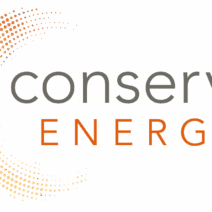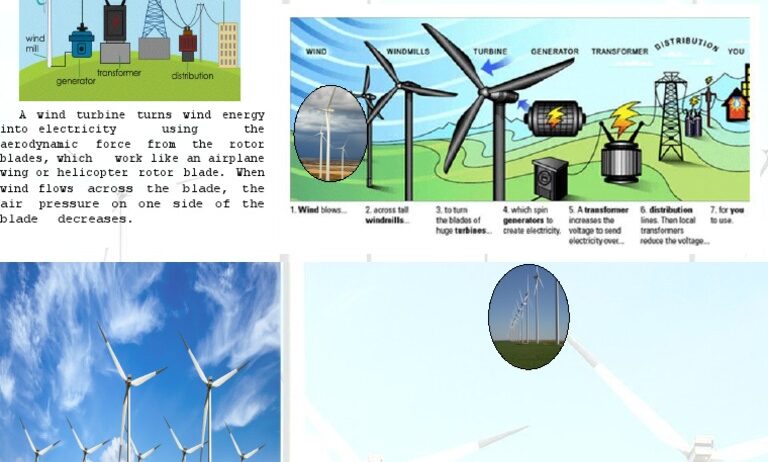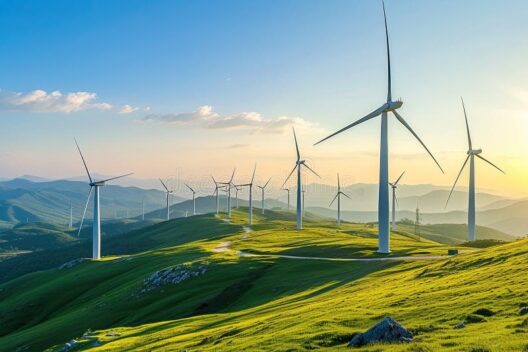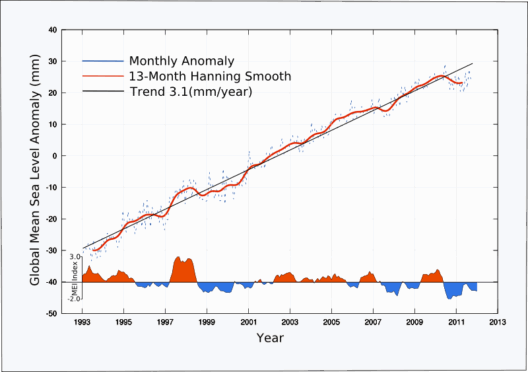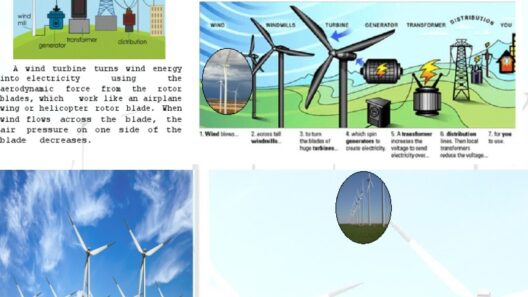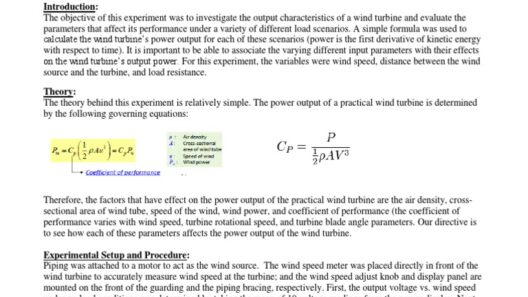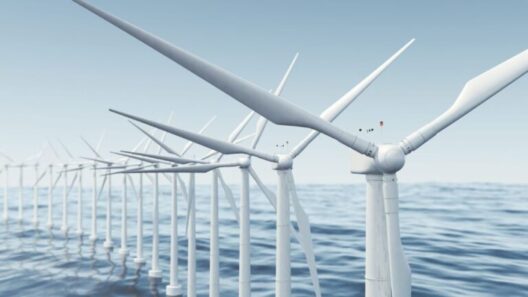Wind energy is rapidly becoming a cornerstone of the global energy landscape. As nations grapple with the imperative of reducing greenhouse gas emissions, wind power offers a beacon of hope. But what exactly do we gain from harnessing this inexhaustible resource? What are the tangible perks that justify the investment in wind energy? Let’s explore the multifaceted benefits of wind power, while also keeping in mind the challenges it presents.
Wind energy is a renewable resource that can potentially reshape our approach to energy consumption and production. As we delve into its advantages, it’s essential to consider both individual and collective perspectives. After all, can we afford to overlook any aspect of such a pivotal issue?
Key Advantages of Wind Energy
When evaluating the merits of wind energy, several key advantages emerge as particularly compelling, shaping wind power’s role in our efforts to create a sustainable future.
Environmental Sustainability
Wind energy stands out as one of the cleanest forms of energy available today. Unlike fossil fuels, which release harmful pollutants into the atmosphere, wind power generates electricity through a renewable source that produces no direct emissions. The environmental footprint of wind energy is significantly reduced, allowing for a decrease in greenhouse gas emissions and the associated impacts on climate change. Wind turbines, strategically placed in areas with optimal wind resources, can complement other forms of renewable energy, creating a diverse energy portfolio that minimizes reliance on fossil fuels.
In addition to lessening air pollution, wind energy helps conserve water, a vital resource in many arid regions. Traditional energy production often involves significant water usage for cooling and extraction processes. By contrast, wind power requires minimal water usage, contributing to more sustainable water management practices.
Economic Benefits
Transitioning to wind energy generates numerous economic advantages, pivotal for job creation and local economies. The wind energy sector has burgeoned into one of the most rapidly growing industries globally, fostering job opportunities ranging from manufacturing to installation and maintenance of turbines. This growth can have a ripple effect, stimulating local economies that often lean on traditional industries.
Moreover, local government revenues can benefit from wind energy projects, which may opt for tax incentives and lease agreements for land use. These funds can be redirected into public services, such as education and infrastructure, resulting in community-wide improvements.
Additionally, wind energy can lead to stable energy prices, insulating consumers from the volatile prices of fossil fuels. The cost of wind energy has plummeted in recent years, becoming more competitive and sometimes even cheaper than conventional energy sources. With escalating concerns over energy security, investing in wind energy can provide a buffer against future price shocks.
Energy Independence
Wind energy plays an integral role in bolstering national energy independence. Countries that invest in wind power can reduce their reliance on imported fossil fuels, enhancing their energy security. As a result, nations can navigate geopolitical vulnerabilities more effectively, mitigating the risks associated with fluctuating oil prices and supply chains disrupted by international conflicts or environmental disasters.
Moreover, wind power contributes to grid stability, as integration of diverse energy resources can lead to a more resilient energy infrastructure. By diversifying energy supply, countries can better respond to fluctuations in demand while minimizing the risk of blackouts or energy shortages.
Challenges of Wind Energy
Intermittency and Storage
Wind energy generation is inherently variable, dependent on weather conditions and geographic location. This intermittency challenges grid operators, necessitating advancements in energy storage technology and grid management to ensure reliability. To address these issues, investment in battery systems and other energy storage technologies will be crucial. Innovating in this space is vital for maximizing the benefits that wind energy offers.
Impact on Wildlife and Aesthetics
Critics often point to concerns regarding wildlife, particularly birds and bats, which may be impacted by turbine installations. Although developments in turbine design aim to mitigate these effects, it remains a crucial consideration for future projects. Furthermore, the visual impact of turbines on landscapes can evoke mixed feelings among local communities. Striking a balance between renewable energy advancements and community concerns is essential.
Conclusion: The Future of Wind Energy
Wind energy encapsulates a compelling story of potential, liberation from fossil fuels, and an opportunity to foster economic growth. As we stand at the brink of an energy revolution, the question remains: can we, as stewards of the Earth, confront the challenges associated with wind power while fully embracing its benefits? By tackling these hurdles head-on, we can shape a sustainable future that redefines our energy landscape, ensuring the vitality of both our planet and its inhabitants.

